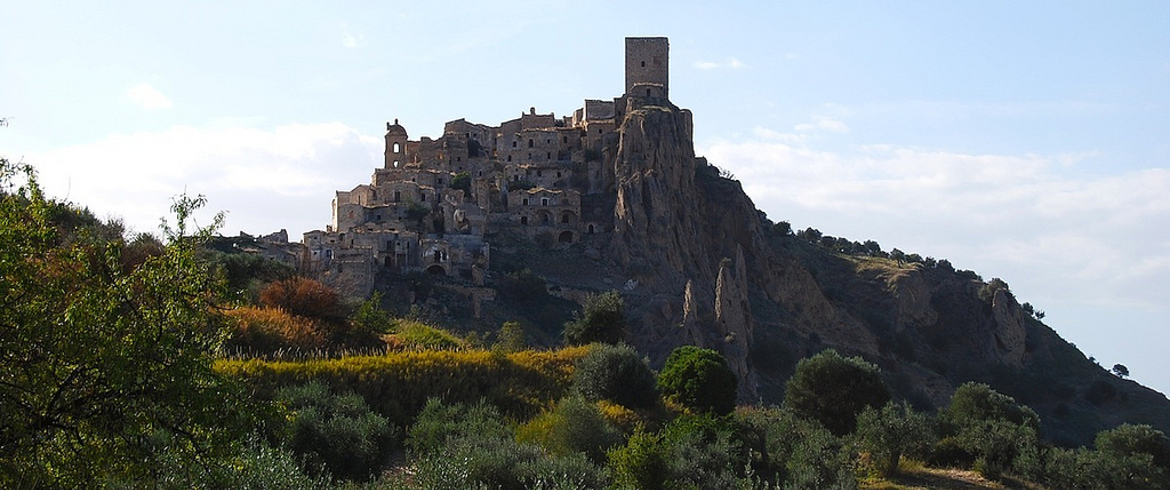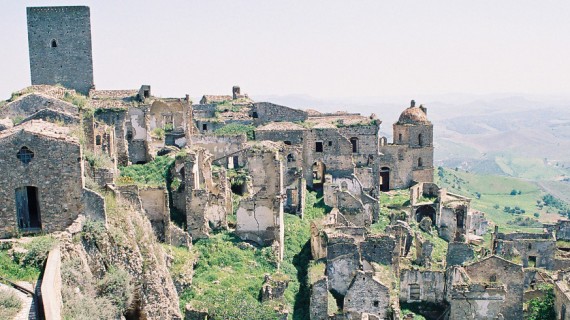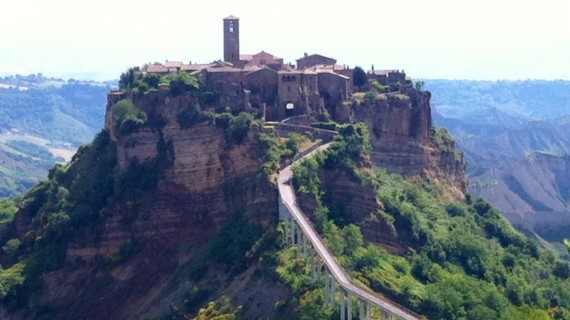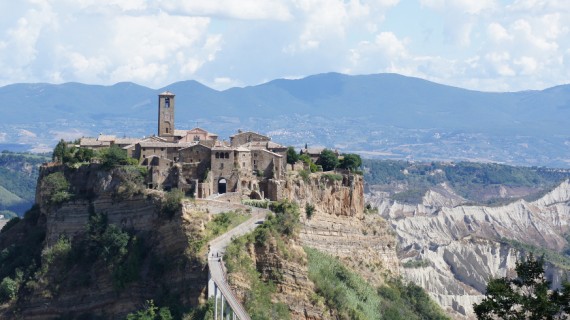From ghost town to sustainable destination? Yes, it’s possible! In Italy, there are more than 5,000 abandoned villages. Some of these have been reborn thanks to sustainable tourism..
The Italian towns are pieces of history set among the valleys of our territories. Unfortunately for many years affected by increased depopulation. People move to the cities and let these charming towns to their fate: to become ghosts. When a ghost village is reborn, however, something magical happens … We discover the history of 4 villages recovered that have given rise to incredible projects and opportunities for sustainable tourism.
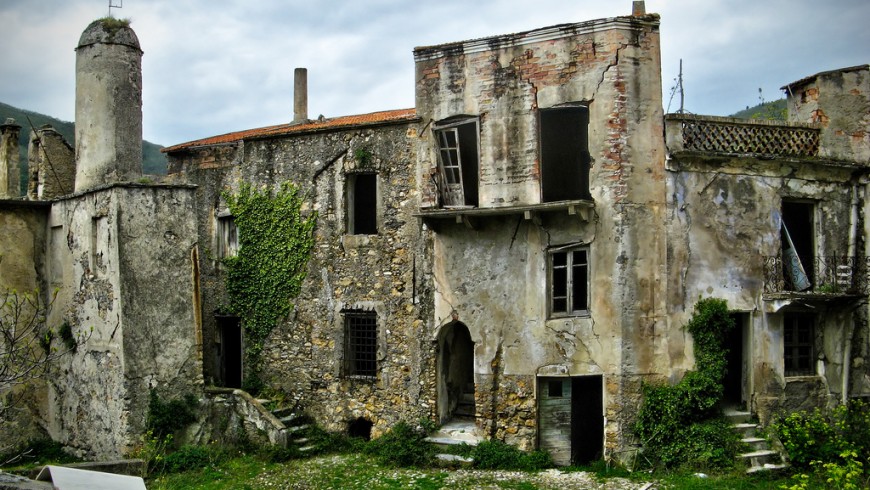
Today it is a trend studied by several research projects in Italy, including “Geographies of the derelictation” research group of the Politecnico di Milano, in collaboration with the Faculty of Architecture of Ascoli Piceno and the University of Naples Federico II, initiated the project “Italy of villages derelict.” The data showed that the abandoned towns are more than 5,000 of which 3000 are at risk of extinction and that represents 72% of all Italian municipalities.
According to these studies, the causes are varied. The cities, historical antagonists, represented since the early 50’s with the economic boom, the goal of many villagers creating a rural exodus. Even natural disasters like earthquakes have been a discouraging factor to live in the towns often located in inaccessible areas and totally surrounded by nature.
So a ghost town comes back to life
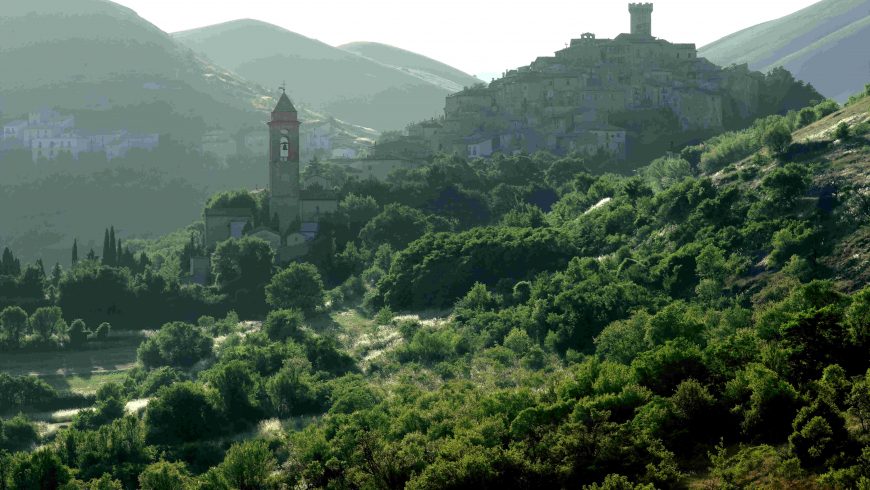
Today these towns, if not completely uninhabited, are populated mostly by elderly people that do not want to leave their homes.
Fortunately, since the nineties, another trend has increased: the discovery. Some tourism initiatives have indeed tried to redevelop these villages for the purpose of a sustainable and responsible tourism.
The projects of interventions have been promoted by associations as “Most beautiful villages in Italy“, “Unpli (Union of Pro Loco) and Touring Italian Club, and individually by the citizens.
1. Torri Superiore in Liguria
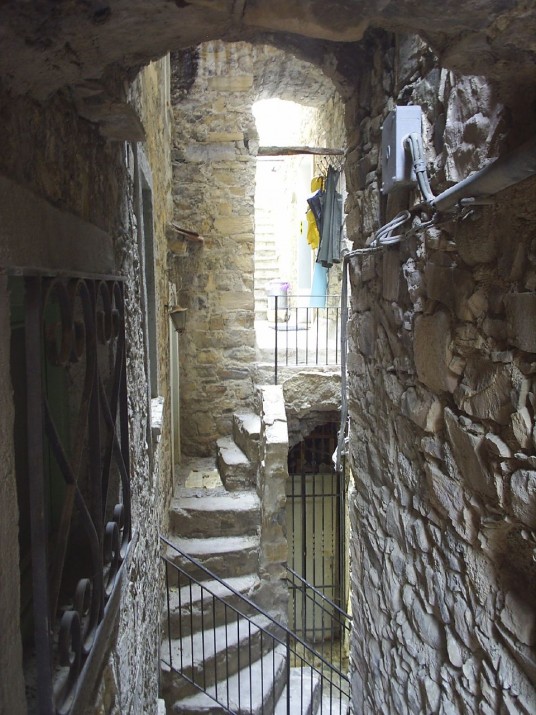
One of the most famous and successful examples is certainly the Ecovillage Torri Superiore near Ventimiglia. For many years it has been totally derelict, but since the 90s is affected by an initiative of restoration by the Cultural Association Torri Superiore. Today it is a popular tourist destination and offers the best of a sustainable holiday. Not only it can offer medieval views and natural beauty to explore by bike or on foot but offers to the visitors the best of the local agriculture.
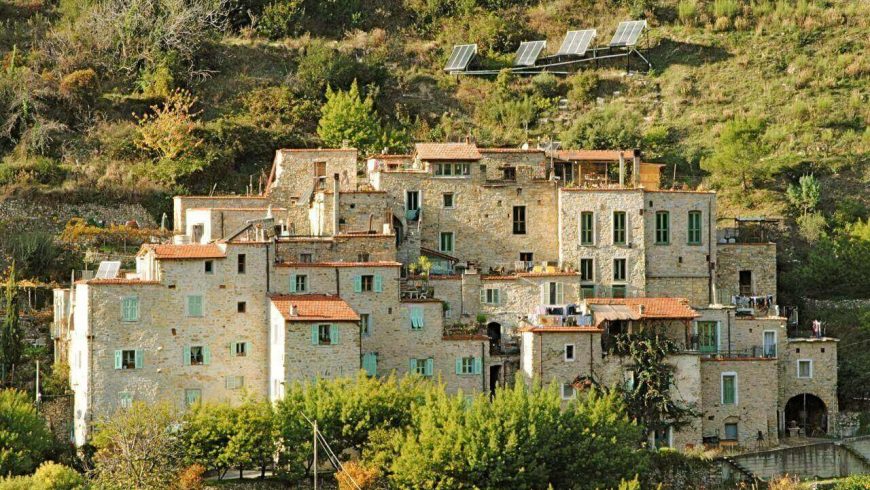
2. Sagna Rotonda in Piedmont
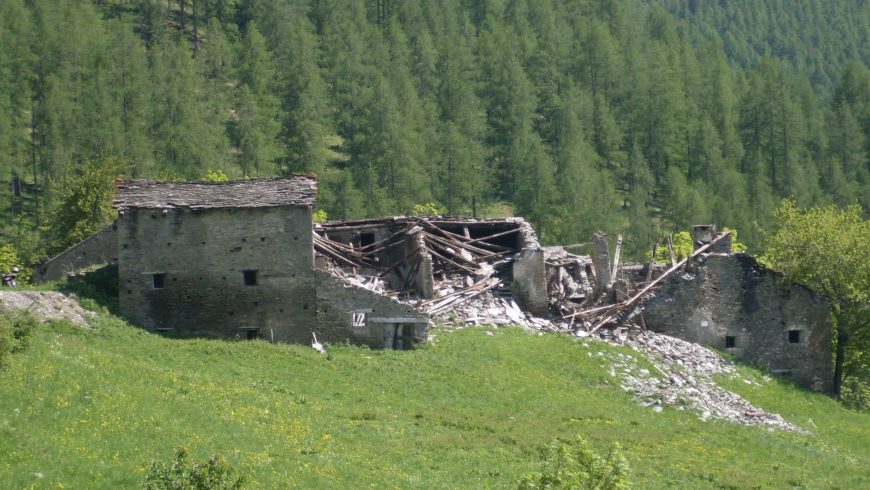
One of the most successful examples of the revival of a ghost town, which has turned into eco-sustainable tourist hospitality, is that of Sagna Rotonda in Valle Maira (Cuneo).
In 2005 when Giovanni and Teresina arrived in this uncontaminated valley of Piedmont, at 1800 meters above sea level, Sagna Rotonda was a ghost village, completely abandoned for years. With passion and enthusiasm, they decide to revive this fascinating place to transform it into a unique and sustainable tourist experience, surrounded by nature. Here you can read their story and interview!
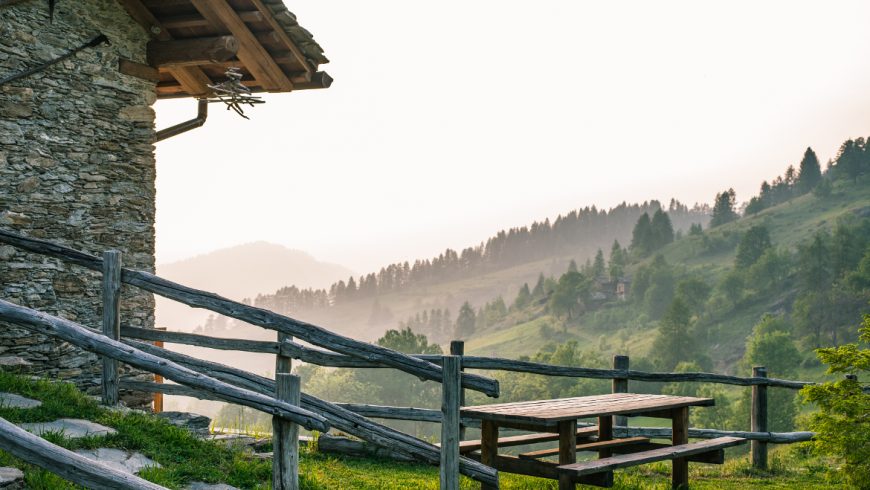
3. Colletta di Castelbianco in Liguria
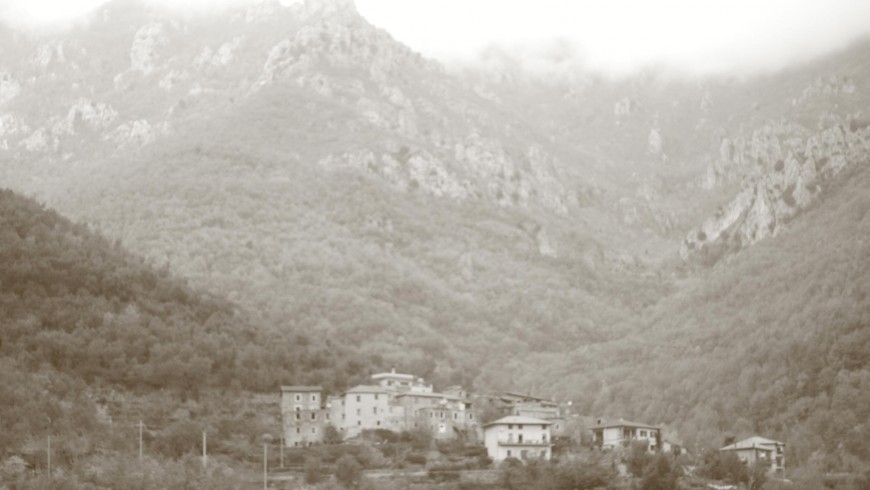
Another example of the eco-friendly recovery of a ghost town is the Cittadella Telematica in Colletta Castelbianco (Savona). In this case, the recovery case focused mainly on the building design. Today the stone houses and the narrow streets have been totally restored and from the windows, you can admire the olive and cherry trees in the valley.
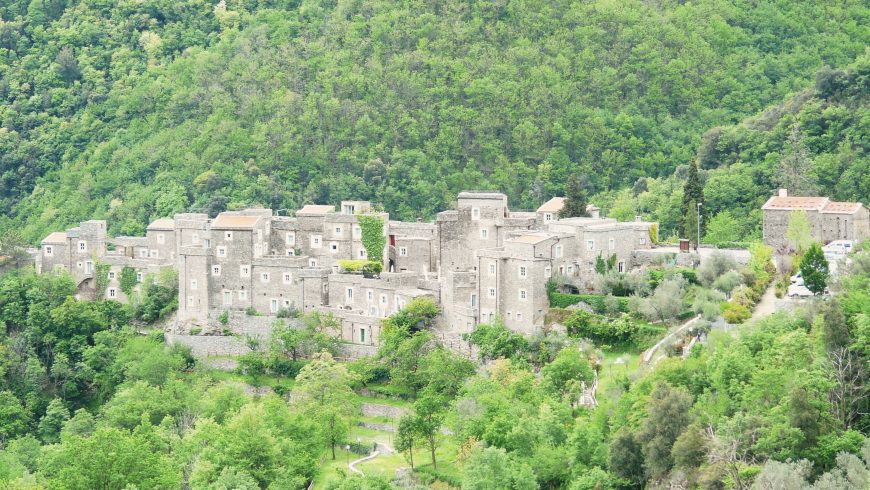
4. Santo Stefano Sextantio in Abruzzo
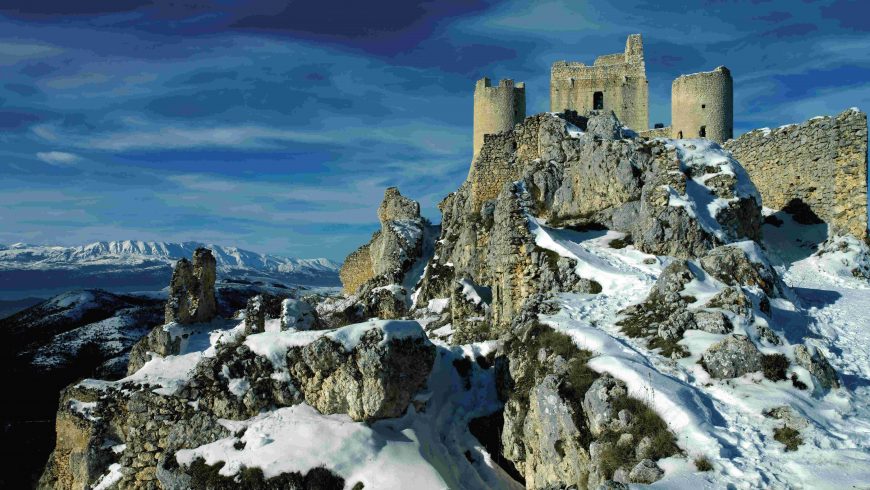
The Hotel Santo Stefano in Sessanio is a redevelopment project with the aim to restore the identity of the smaller part of Italy. So within the town was built an hotel with a tarditional design, using antique furniture according to the principle “where it was as it was.”
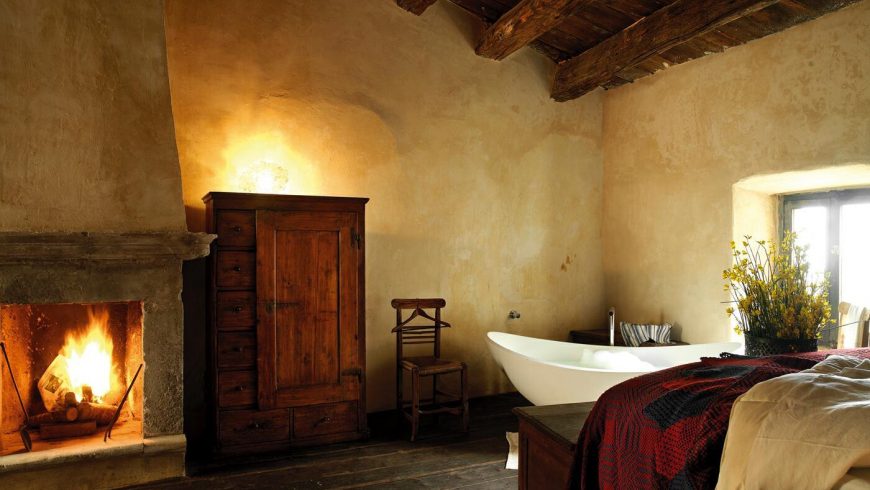
Our suggestion is to discover these beautiful places getting a double benefit. On the one hand you will enjoy the historic beauty of these towns, often located in strategic locations for walks in the nature. On the other hand, you will help to give the right value to a forgotten Italy than need to be remembered and promoted.
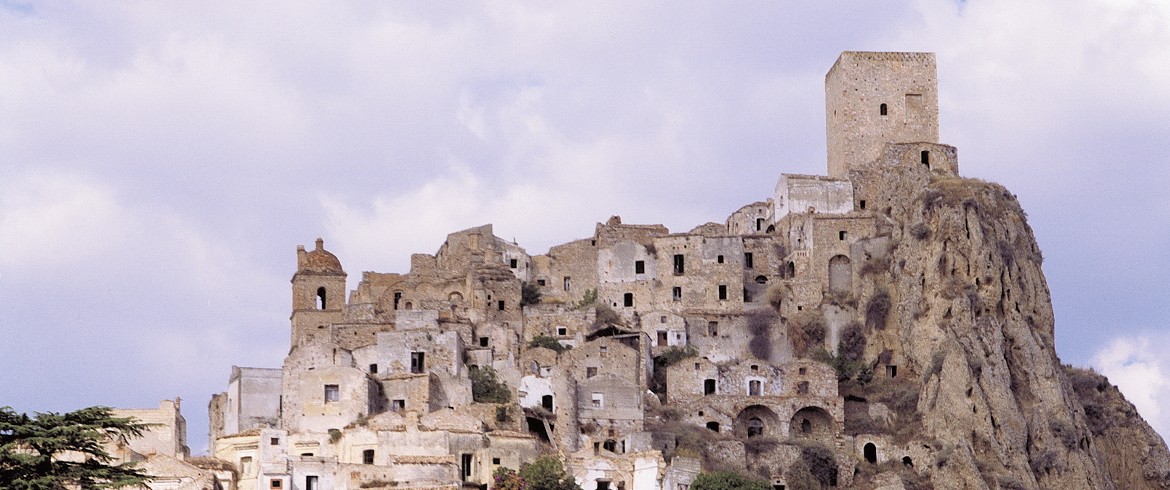
 Sextantio – Green Albergo diffuso in Santo Stefano di Sessanio, Aquila, Abruzzo, IT
Sextantio – Green Albergo diffuso in Santo Stefano di Sessanio, Aquila, Abruzzo, IT 